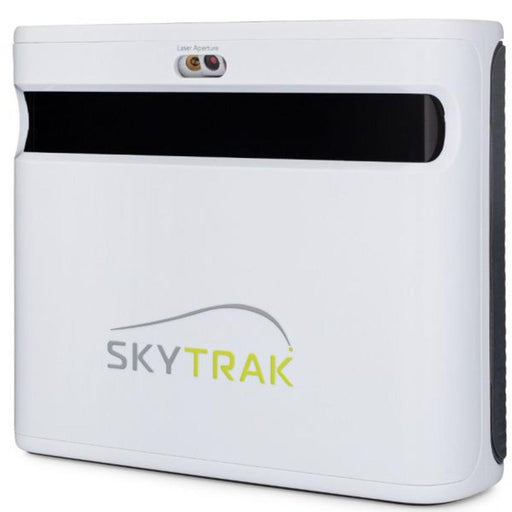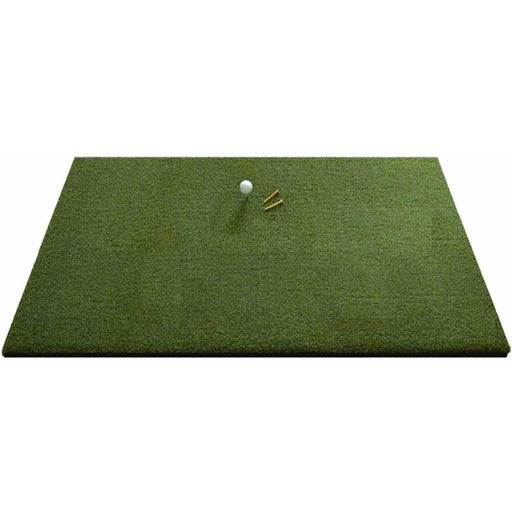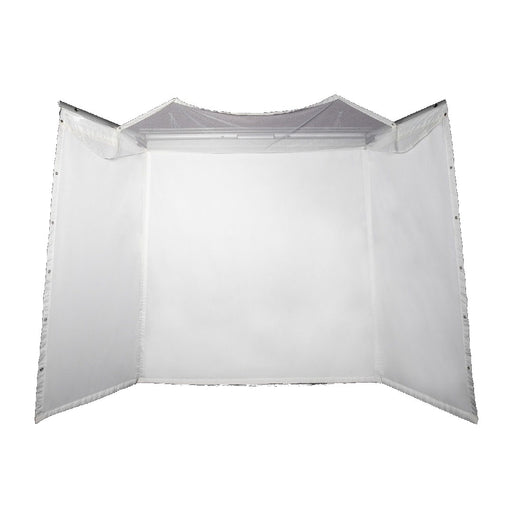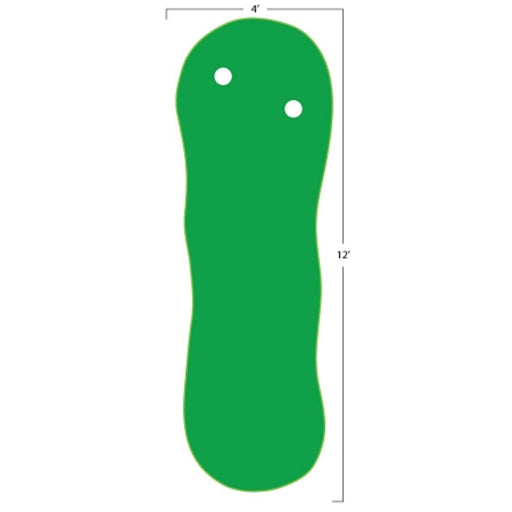Now through January 5th 15% OFF our very popular Vanish and Parlour Enclosures. Coupon code 15SWINGMASS

Foam Padding for Golf Simulators
Golf simulators have revolutionized the way golfers practice and enjoy the game, allowing them to tee off indoors, rain or shine. While many golfers know about the importance of high-quality launch monitors and realistic course simulations, one aspect that often goes overlooked is the protective measures needed to safeguard both your equipment and your surroundings. In this blog post, we'll explore the role of foam padding in golf simulators and how it can be a vital addition to your setup. While foam padding around the entire room is often unnecessary, we'll focus on why it's essential to have foam padding around the hitting bay and other protective features like side barriers and golf simulator curtains.
The Role of Foam Padding in Golf Simulators
Foam padding in golf simulators serves several crucial functions, making it a valuable investment for both your golf equipment and the surrounding area. While it may not be necessary to line the entire room with foam padding, placing it in strategic locations can significantly enhance your indoor golfing experience:
1. Protecting the Frame
The hitting bay is where golfers take their swings, and it's essential to protect both your club and your simulator frame. Foam padding around the hitting bay absorbs the impact of the ball, preventing it from bouncing back off the frame. This protective measure not only prolongs the life of your simulator but also ensures a safer and more consistent practice environment.
2. Enhancing Sound Dampening
Foam padding is an effective sound-dampening material, reducing the noise created when the ball impacts the screen or the simulator enclosure. This is especially important if your simulator is set up in a shared space, ensuring that your golfing practice doesn't disturb others.
3. Safety and Comfort
Having foam padding in the hitting bay area provides an added layer of safety, reducing the risk of injury if a golfer accidentally hits the frame during a swing. It also adds a level of comfort and confidence during practice, knowing that wayward shots won't cause damage or pose a risk to the equipment.
Protective Features Beyond Foam Padding
While foam padding is a crucial element in protecting your golf simulator, it's not the only defensive measure to consider. To further safeguard your investment and practice area, you can explore additional protective features:

- Side Barriers: Side barriers are vertical protective panels installed on both sides of the hitting bay. They act as barriers to prevent balls from straying off course and potentially causing damage.

- Golf Simulator Curtains: Golf simulator curtains are made of durable materials and can be drawn to enclose the hitting bay completely. They not only provide protection but also create a more immersive and enclosed simulator experience.
Protecting Your Space
Foam padding plays a vital role in any golf simulator setup, offering protection, sound dampening, safety, and peace of mind during practice sessions. While it's not typically necessary to line the entire room with foam padding, focusing on the hitting bay area is a cost-effective and efficient approach. Additionally, side barriers and golf simulator curtains can provide added protection, ensuring your golf simulator investment is safeguarded while enhancing your overall experience. So, when setting up your golf simulator, don't forget to consider these protective measures for a more enjoyable and worry-free indoor golfing experience.

Have Questions About Golf Simulators?
Our expert team is here to help you find the perfect golf simulator for your needs.
Featured products
-
SkyTrak+
Original price $2,995.00 - Original price $3,145.00Original price$2,995.00 - $3,145.00$2,995.00 - $3,145.00Current price $2,995.00Introducing the SkyTrak+ Launch Monitor: Unmatched Accuracy and Advanced Features Experience a new level of precision and innovation with the SkyTr...
View full details -
ProTee Majestic Simulator Package
Original price $9,618.00 - Original price $13,848.00Original price$9,618.00 - $13,848.00$9,618.00 - $13,848.00Current price $9,618.00ProTee Majestic Golf Simulator Package: Elevate Your Indoor Golf Experience Transform your home or business into a golfer’s dream with the ProTee M...
View full details -
Eagle Golf Mat
Original price $370.00 - Original price $1,130.00Original price $370.00$370.00$370.00 - $1,130.00Current price $370.00Introducing the Eagle Golf Mat: The Ultimate Golf Experience Are you passionate about golf and demand nothing but the very best in your practice eq...
View full details -
Retractable HomeCourse® Golf ProScreen 180
Original price $2,299.00Original price $2,299.00 - Original price $2,299.00Original price $2,299.00Current price $1,999.00$1,999.00 - $1,999.00Current price $1,999.00HomeCourse® Golf ProScreen 180 HomeCourse® Golf ProScreen 180 is a retractable golf screen and enclosure. HomeCourse® Golf ProScreen 180's ballisti...
View full details -
The Augusta V2 4'x12' 2 Cups
Original price $399.00Original price $399.00 - Original price $399.00Original price $399.00Current price $329.00$329.00 - $329.00Current price $329.00The Augusta is one of Big Moss’ traditional models. It offers unmatched versatility for teaching and year round practice. Make a long-term investme...
View full details





